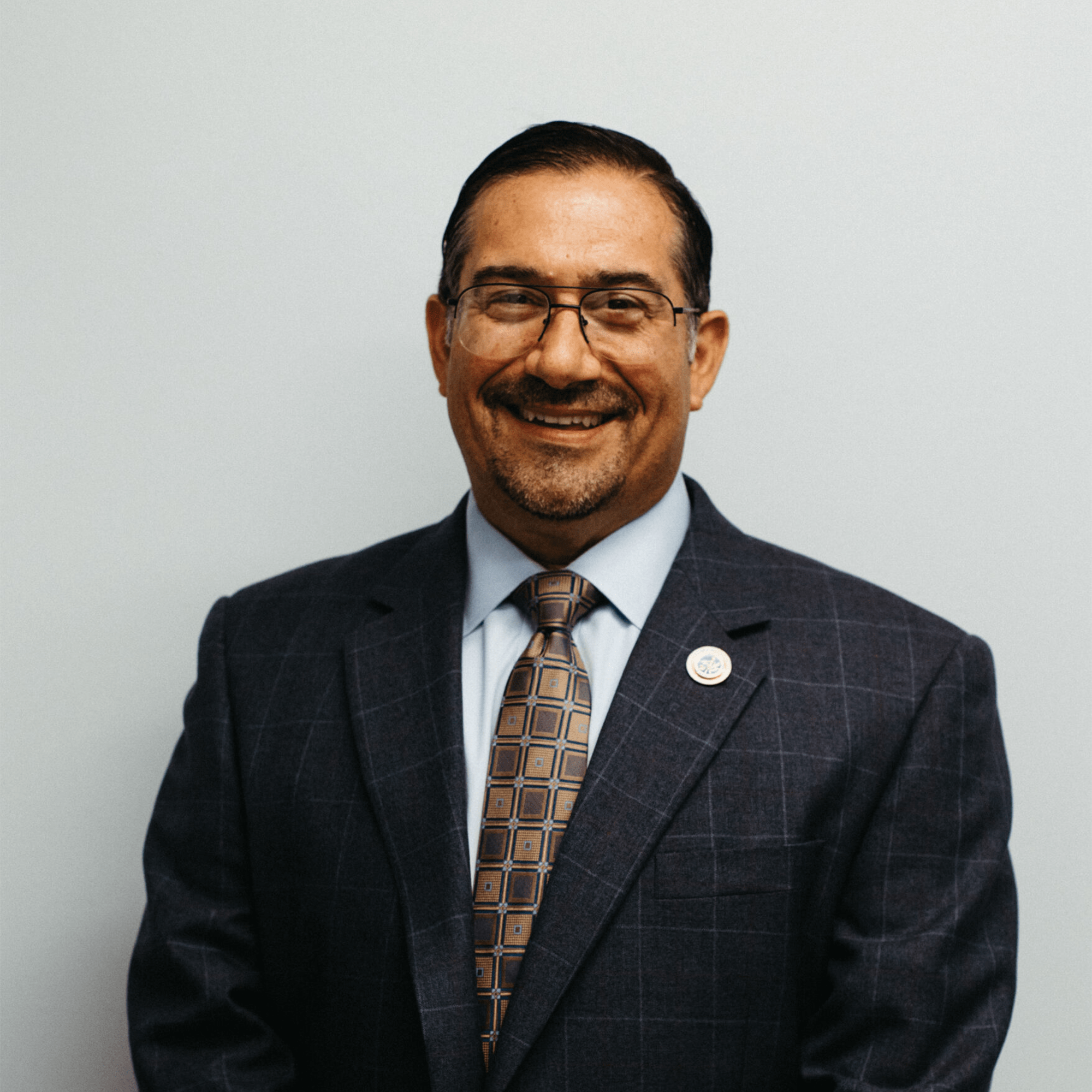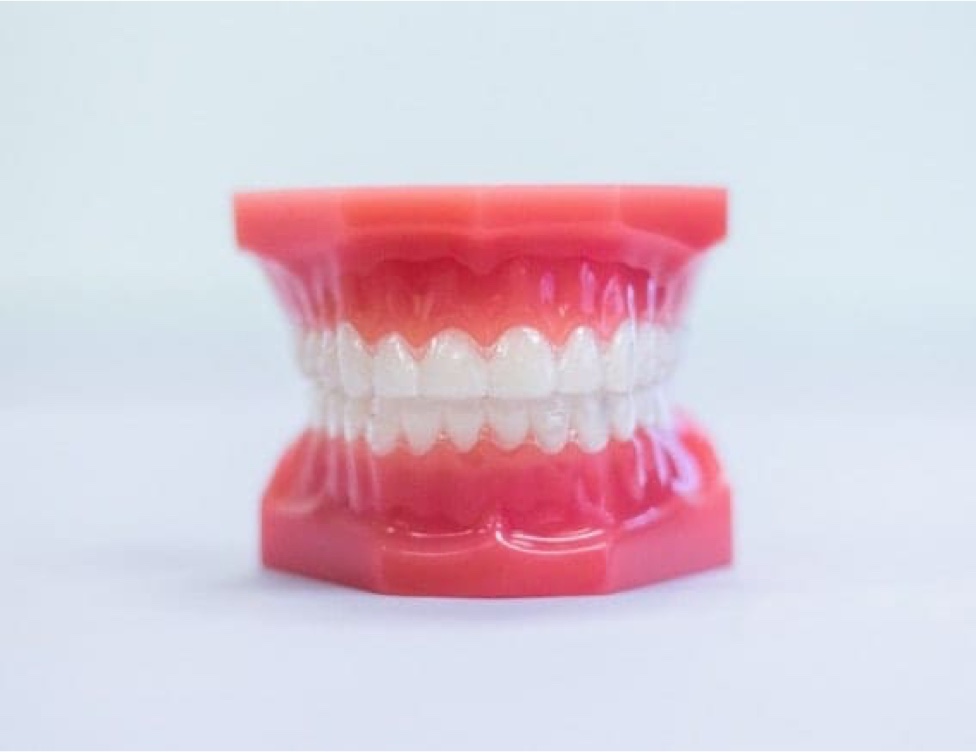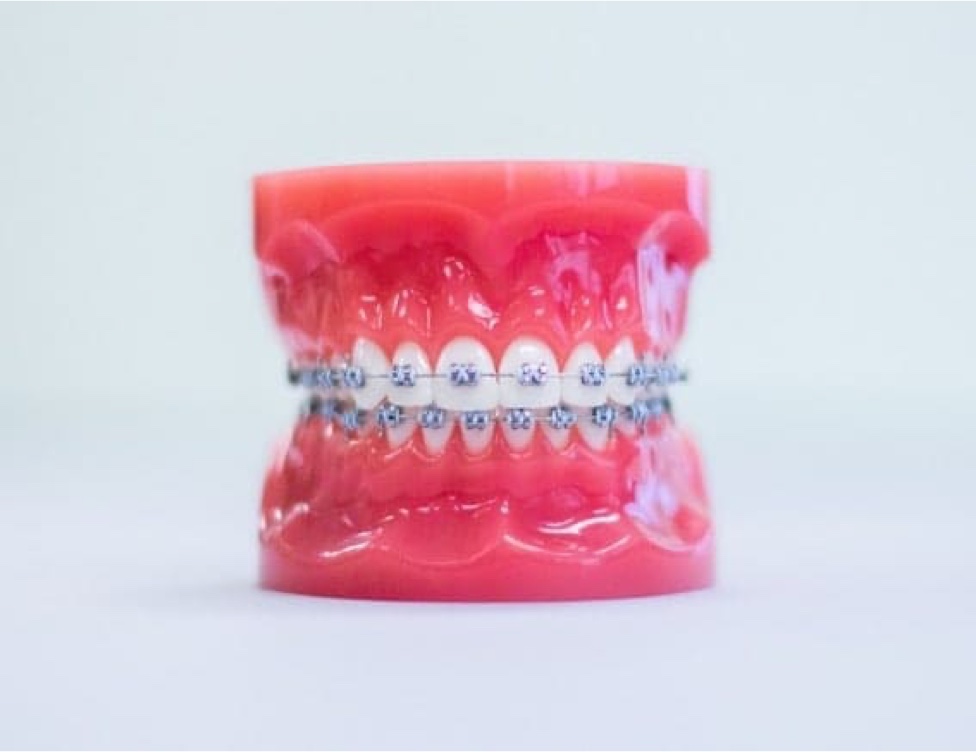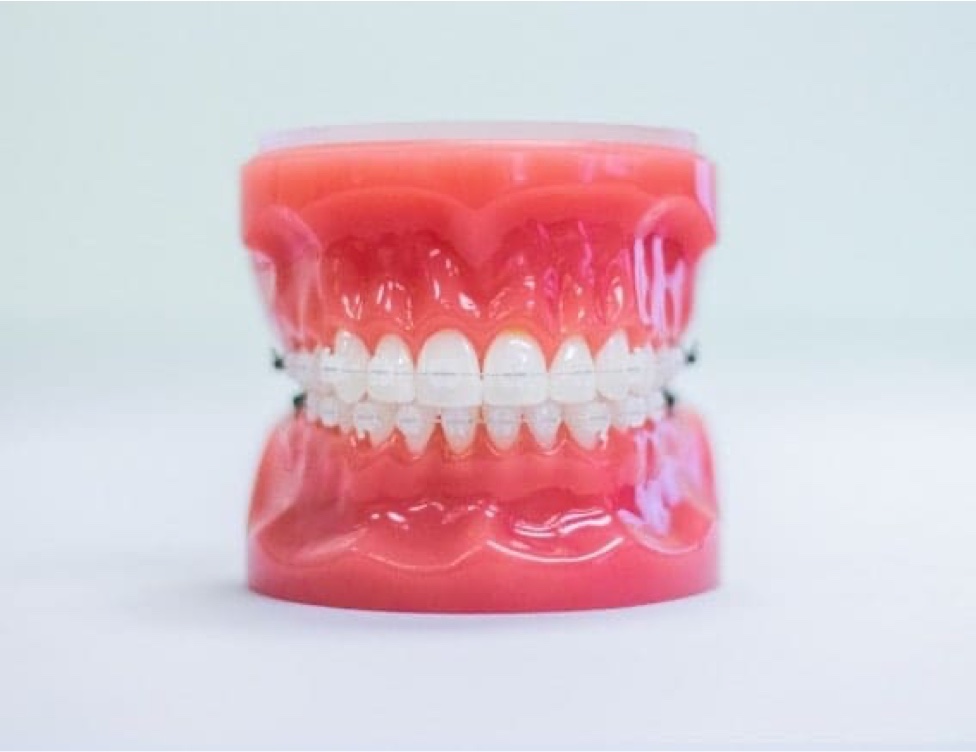A People-First Practice
Welcome to Eastern Virginia Orthodontics, where family traditions meet modern innovations.
We’re proud to continue a legacy of care in Norfolk, Virginia Beach, and Chesapeake that extends back to 1961 when Dr. Robert Rubin first started our practice.
People-First Care
Our non-corporate, small-business environment focuses on quality, not quantity — so you get the care you deserve at every visit.
Learn MoreFamily-Owned Practice
Unlike big-box practices, Eastern Virginia Orthodontics has truly been treating patients like family since 1961.
Learn MoreFamily Orthodontics
From toddlers to grandparents, we offer personalized care and orthodontic solutions for every member of your family.
Learn More
Meet Dr. Anthony Peluso
Dr. Peluso is passionate about ensuring every patient experiences the personalized care and exceptional results Eastern Virginia Orthodontics is known for.
Learn More
Meet Dr. Ross Savage
Dr. Savage brings a combination of advanced orthodontic techniques and a genuine passion for patient care, ensuring that every individual feels like a part of the Eastern Virginia Orthodontics family.
Learn MoreOptions for Every Smile
Whether it's traditional braces or the latest in clear aligner technology, Dr. Peluso and Dr. Savage will guide you to the ideal solution for your unique smile.

01
Invisalign
Experience the power of discreet orthodontics with custom-fitted clear aligners.
Learn More02
Metal Braces
The classic choice, modernized. Today’s braces are powerful, sleek, and comfortable.
Learn More

03
Clear Braces
Get the strength of traditional braces with the stylish appeal of clear ceramic.
Learn MorePatients Love Us
Couldn't Ask for More!
We’ve had two children at this practice and the end result was amazing! Thank you for providing our children with excellent smiles 😃😃!
Meredith
Very Accommodating!
My daughter's experience has been fantastic! Everyone is always welcoming and makes us feel comfortable. They team is very accommodating, and appointments are easily scheduled. Thank you for giving my daughter a beautiful smile!
Betsy
Changed My Life!
I grew up as a teen hiding my smile, but after Invisalign on both my top and bottom teeth, the results literally changed my life. To all the staff here, I thank you for a job well done!
Calvin
Kind, Patient, and Personal!
When I first got my braces, I was very insecure, but all the staff was very encouraging and patient. At every appointment, they were very kind, patient, and personal. I was the most important person in that room!
 757-583-2333
Free Consult
Pay Online
757-583-2333
Free Consult
Pay Online